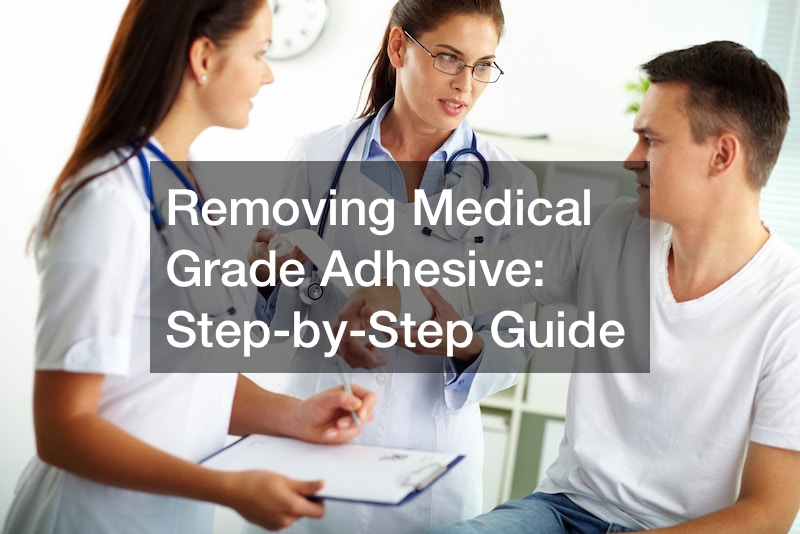Removing Medical Grade Adhesive Step-by-Step Guide


Medical procedures often involve the use of adhesives to secure various devices like Continuous Glucose Monitors (CGMs) to the skin. While these adhesives are essential for medical applications, removing them can be a tricky task, leaving behind a sticky residue. In this guide, we’ll walk you through an effective step-by-step process to remove medical grade adhesive residue without causing harm to your skin.
Materials Needed:
- TacAway wipes or Uni-solve liquid
- Cotton pads
- Soap
Step 1: Assess the Residue
Start by examining the residue left on your skin. This could be from medical devices like CGMs, sports tape, or bandages.
The adhesive residue may not be aesthetically pleasing, but it’s crucial to remove it properly.
Step 2: Choose Your Product
For this process, we recommend using either TacAway wipes or Uni-solve liquid. TacAway wipes are convenient but may require a bit more effort. On the other hand, Uni-solve, when poured onto a cotton pad, tends to be more effective in removing residue with ease.
Step 3: Using TacAway Wipes
If you opt for TacAway wipes, take one out and start wiping the affected area. The wipes may be small, so you might need to work on smaller sections at a time. The gradual rubbing action will start breaking down the adhesive residue. While it may require some effort, you will notice the residue coming off.
Step 4: Turning to Uni-Solve
For the remaining residue, Uni-solve proves to be a potent solution. Pour the liquid onto a cotton pad, ensuring it’s well-soaked. Place the cotton pad on the residue and gently rub. Uni-solve is effective in breaking down the adhesive, making the removal process smoother.
Step 5: Final Touch
After successfully removing the residue, it’s a good practice to wash the area with soap. This not only helps eliminate any remaining residue but also gets rid of the slight smell that adhesive removers might leave behind.
Additional Tips:
- Ensure that you are using these adhesive removers in a well-ventilated area.
- If you have sensitive skin or allergies, perform a patch test before using any adhesive remover.
- Be patient; the process might require some time, especially for stubborn residues.
Conclusion:
Medical grade adhesive for skin serves a vital purpose in healthcare, but dealing with the residue post-removal is equally important. Following this step-by-step guide ensures that you effectively remove the residue without causing harm to your skin. Whether you are managing CGMs or dealing with other medical adhesives, these techniques provide a practical solution for maintaining skin health after the removal of medical grade adhesive. Always prioritize gentle and thorough removal to keep your skin clean and comfortable post-procedure.
.

